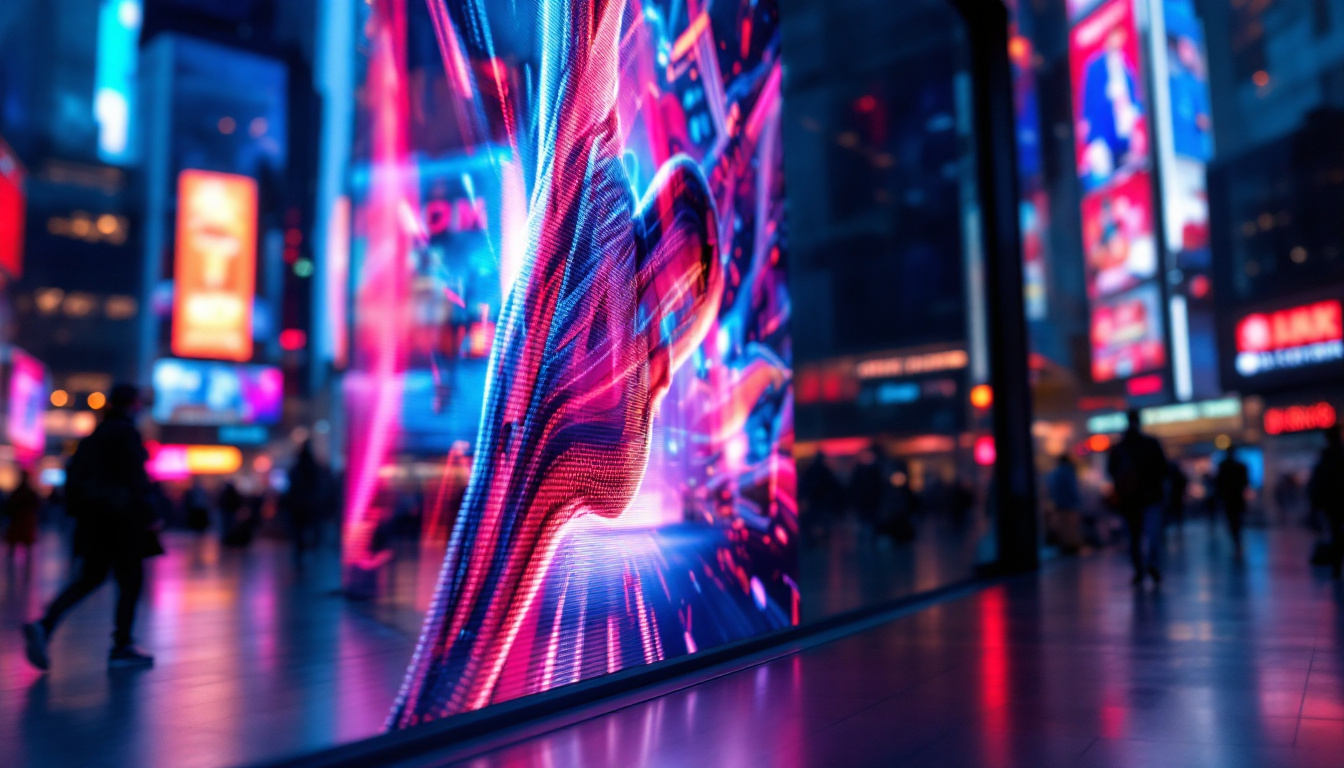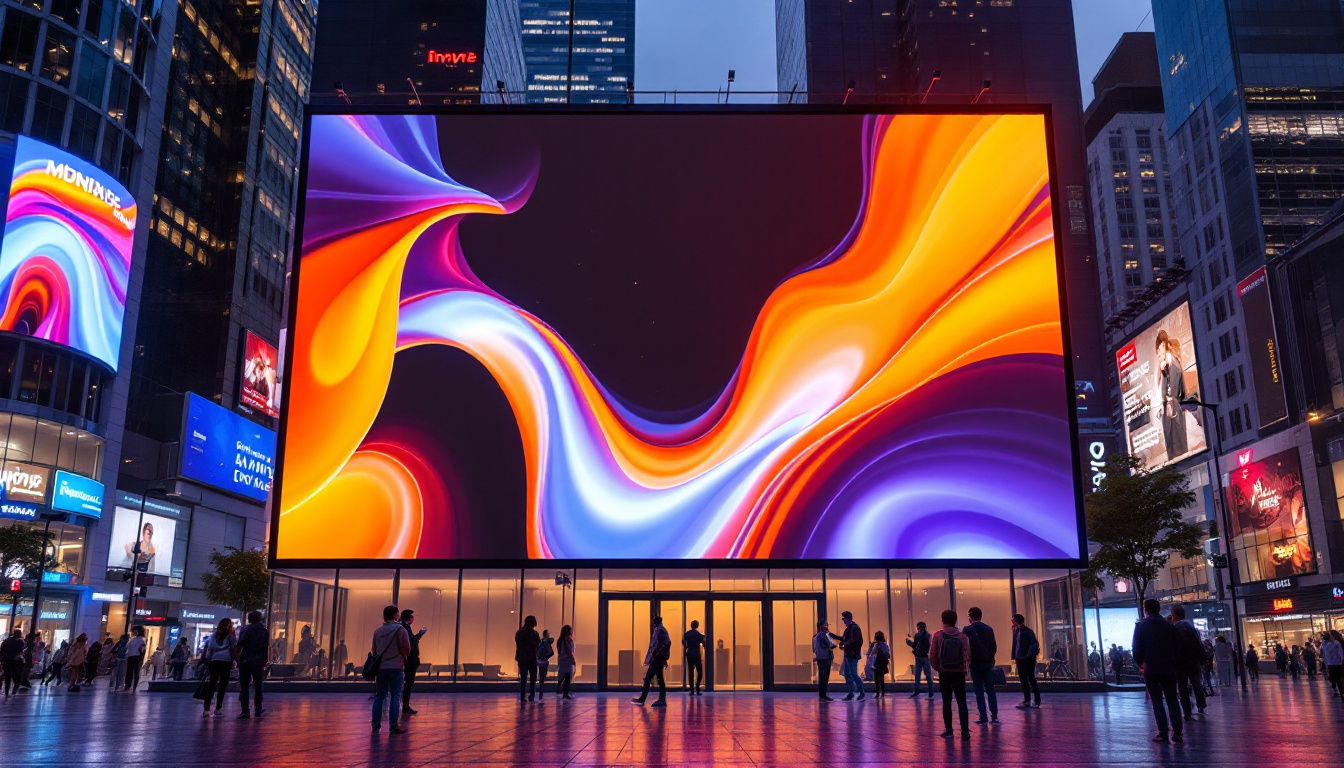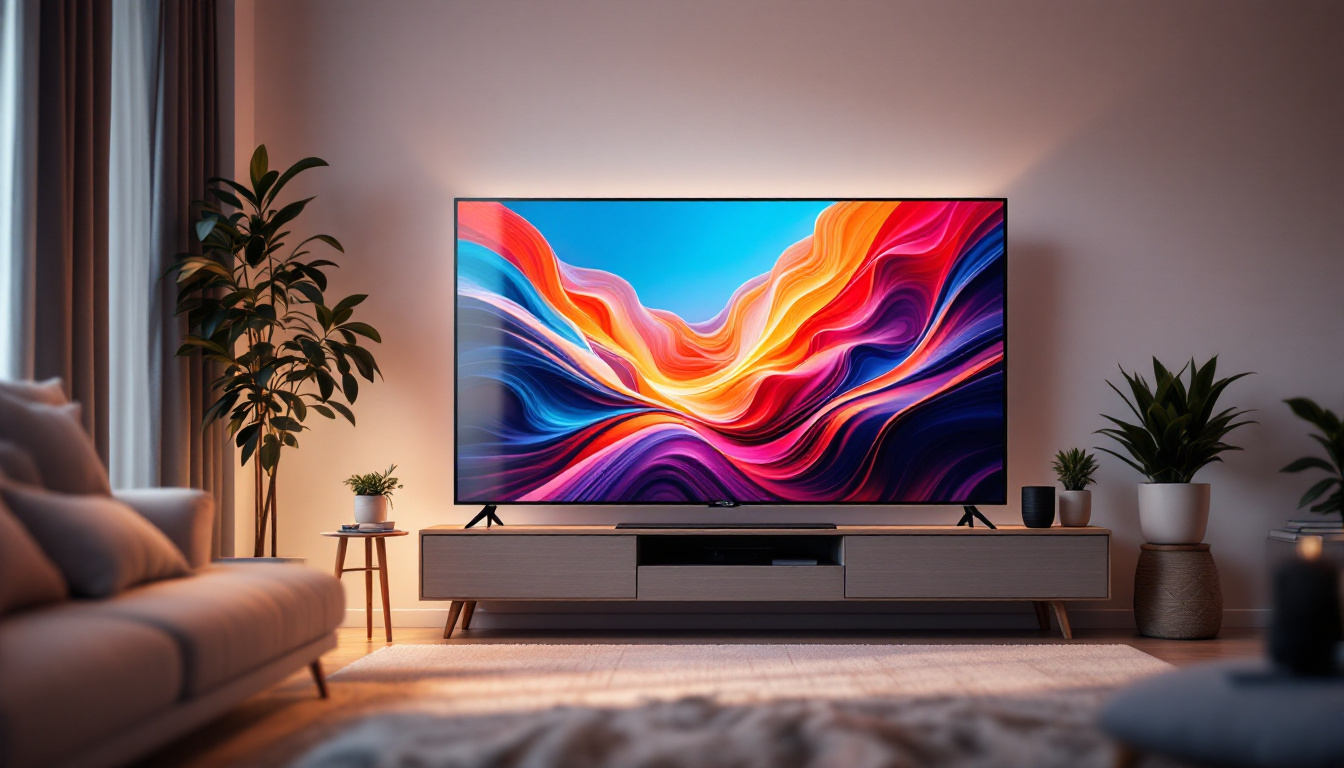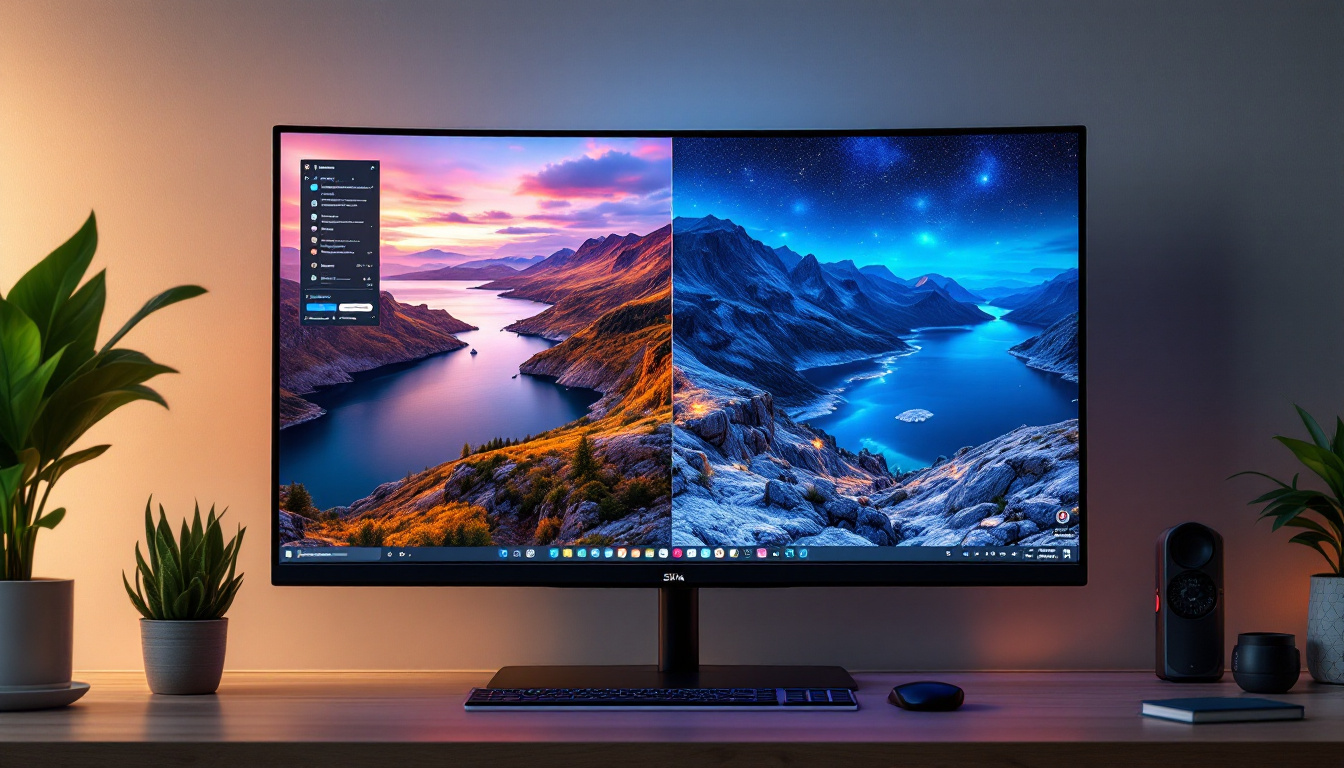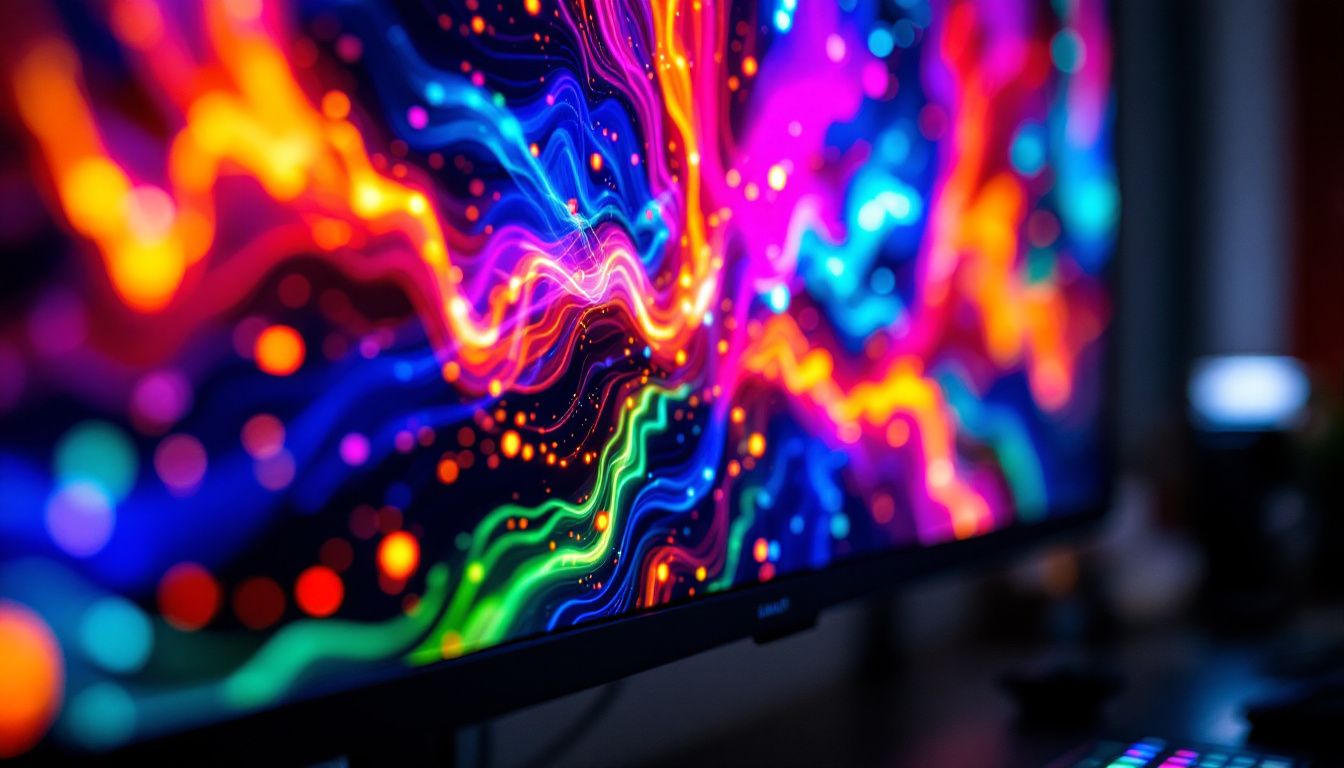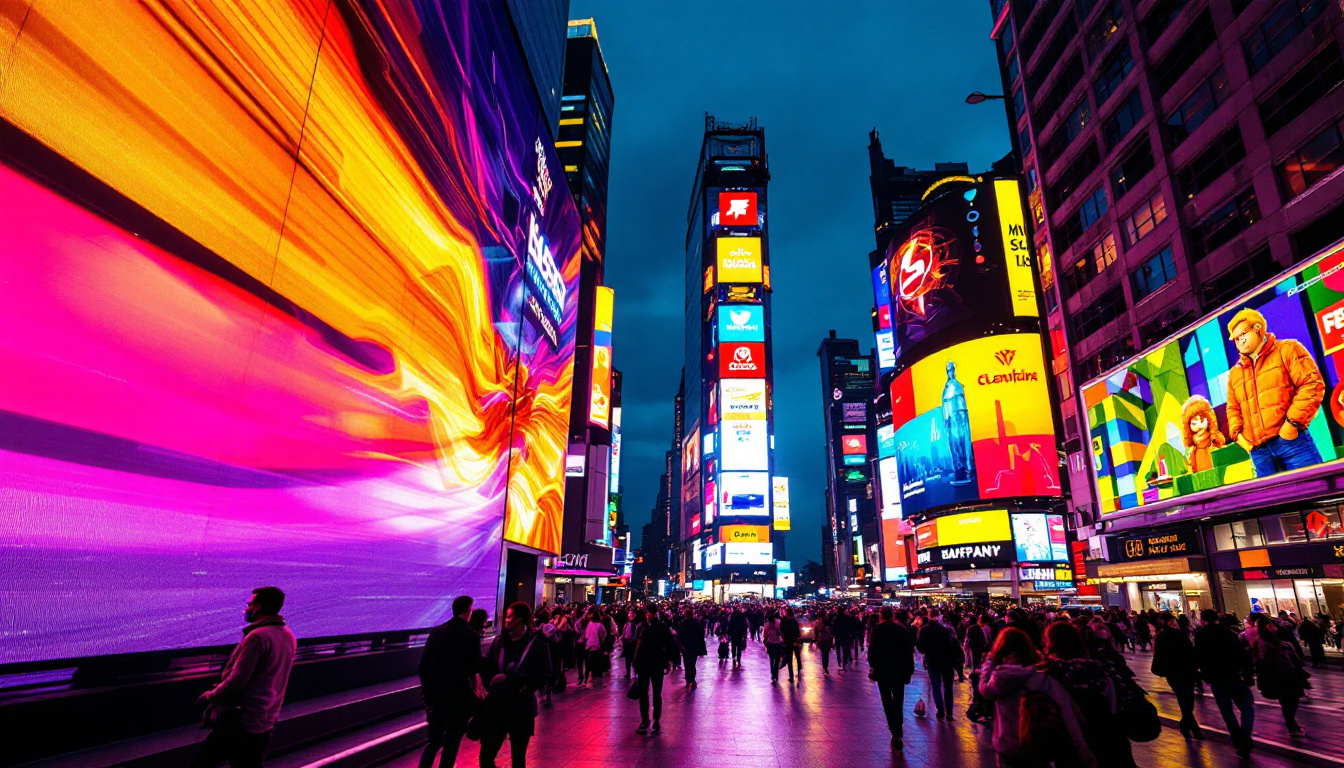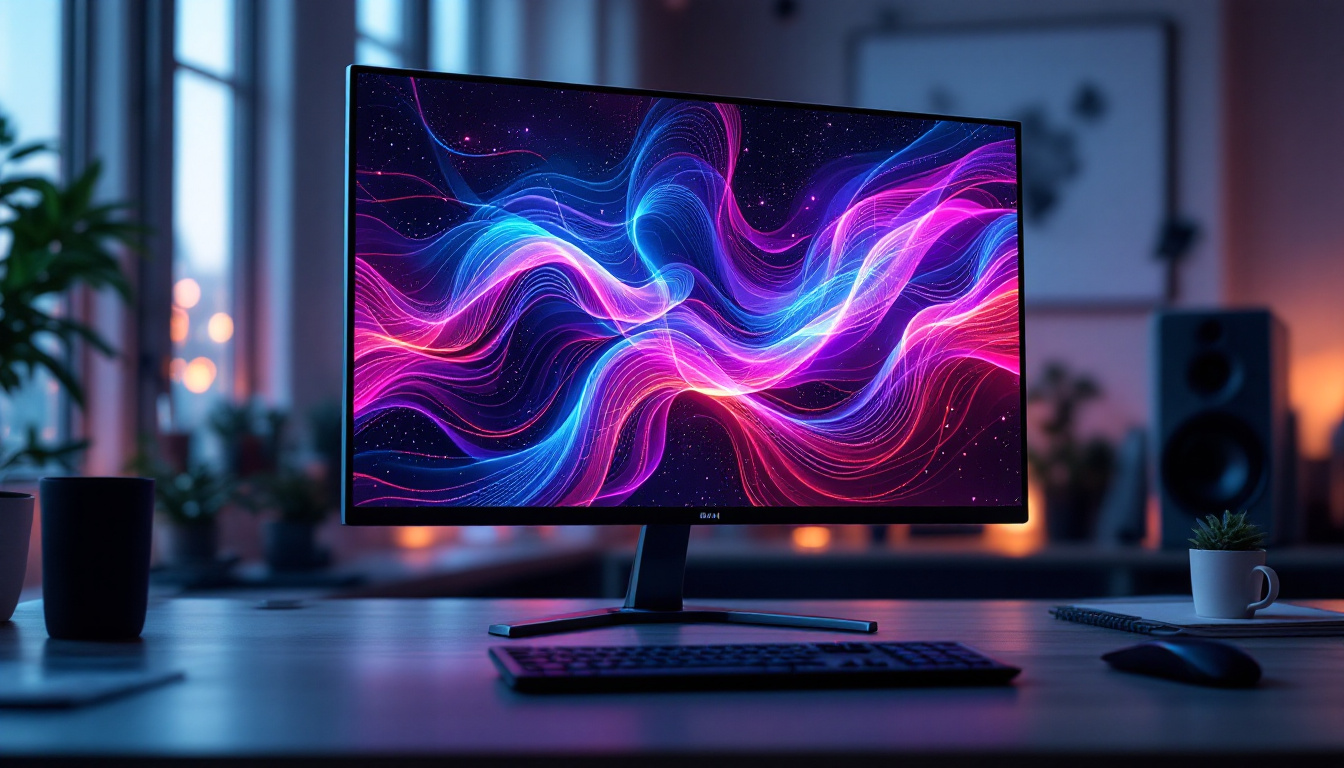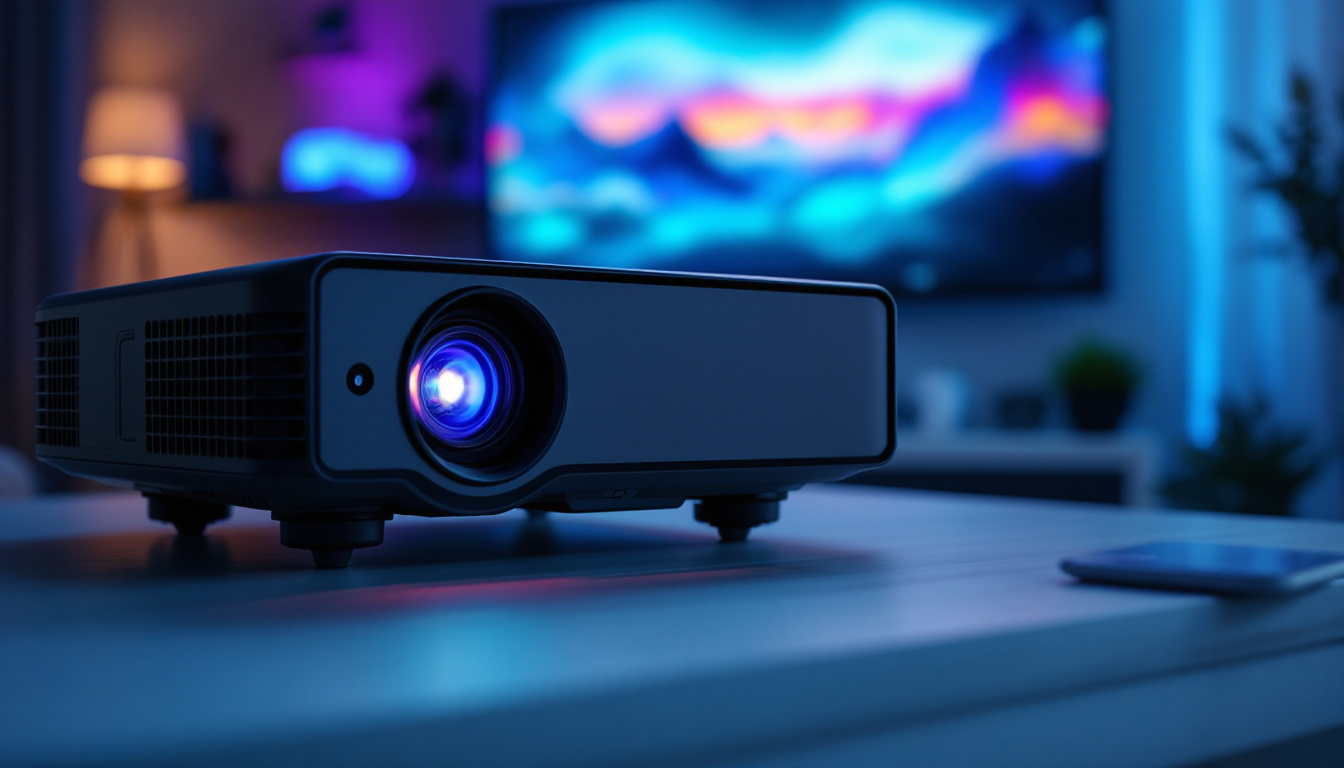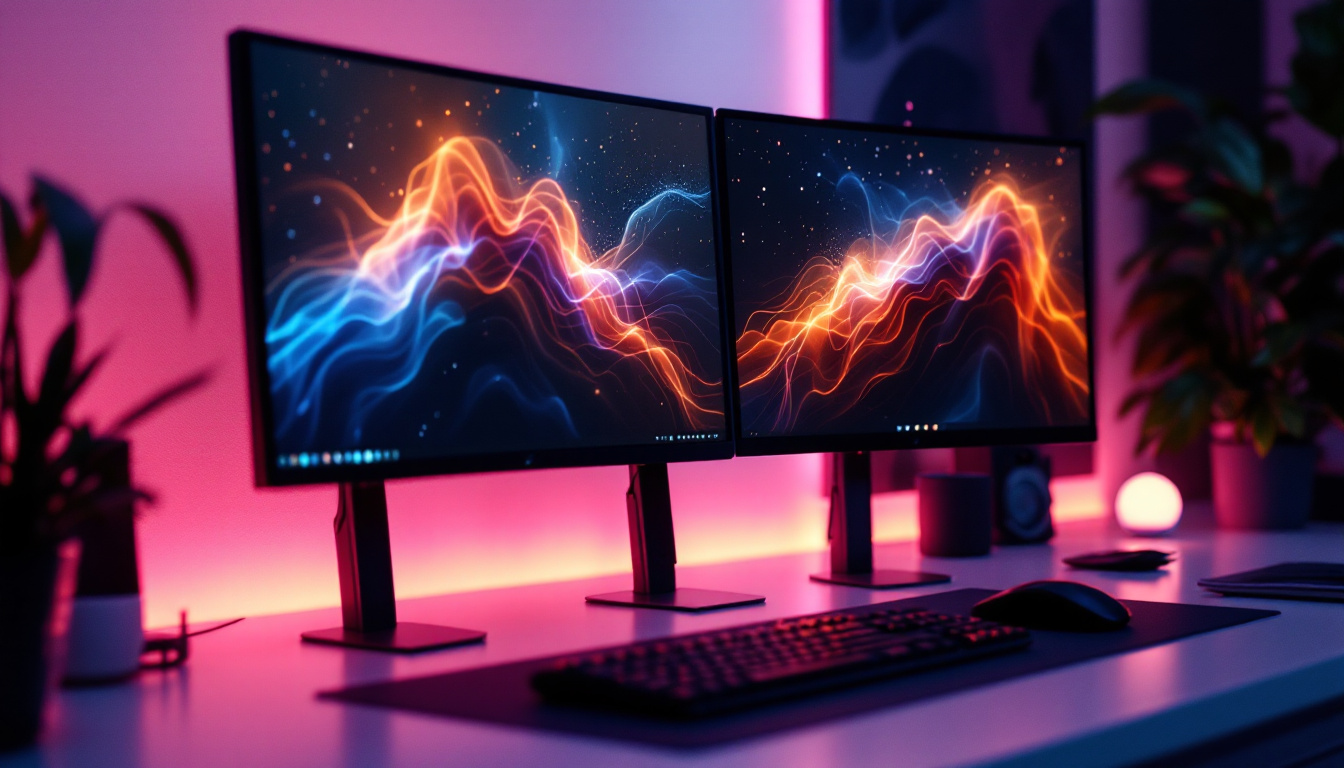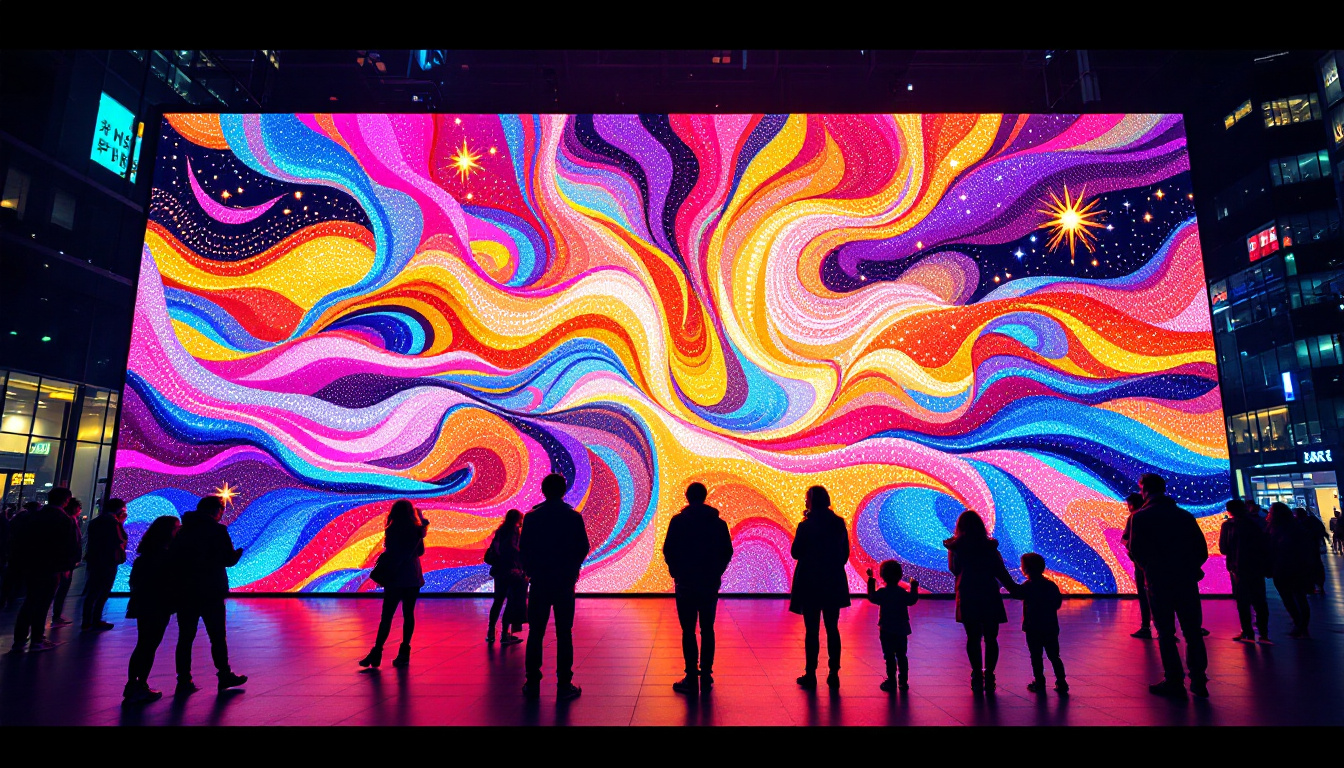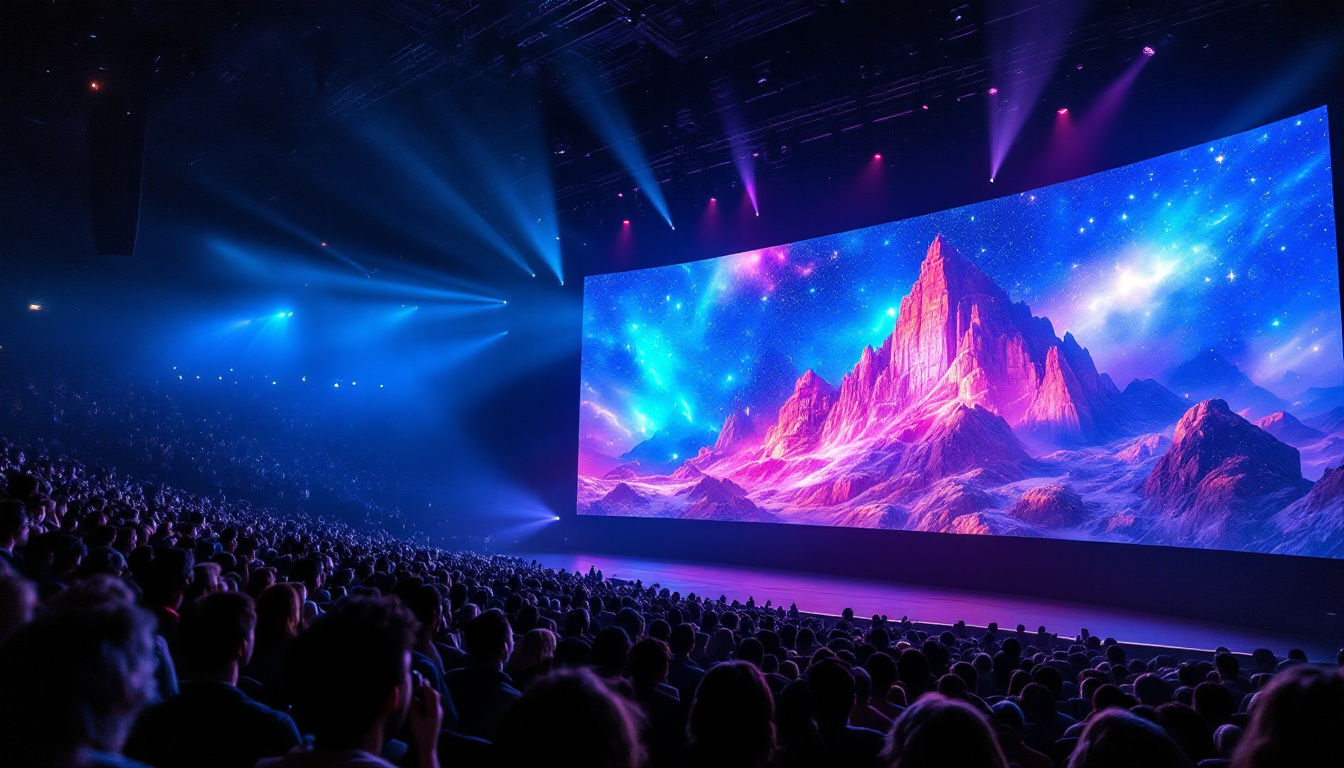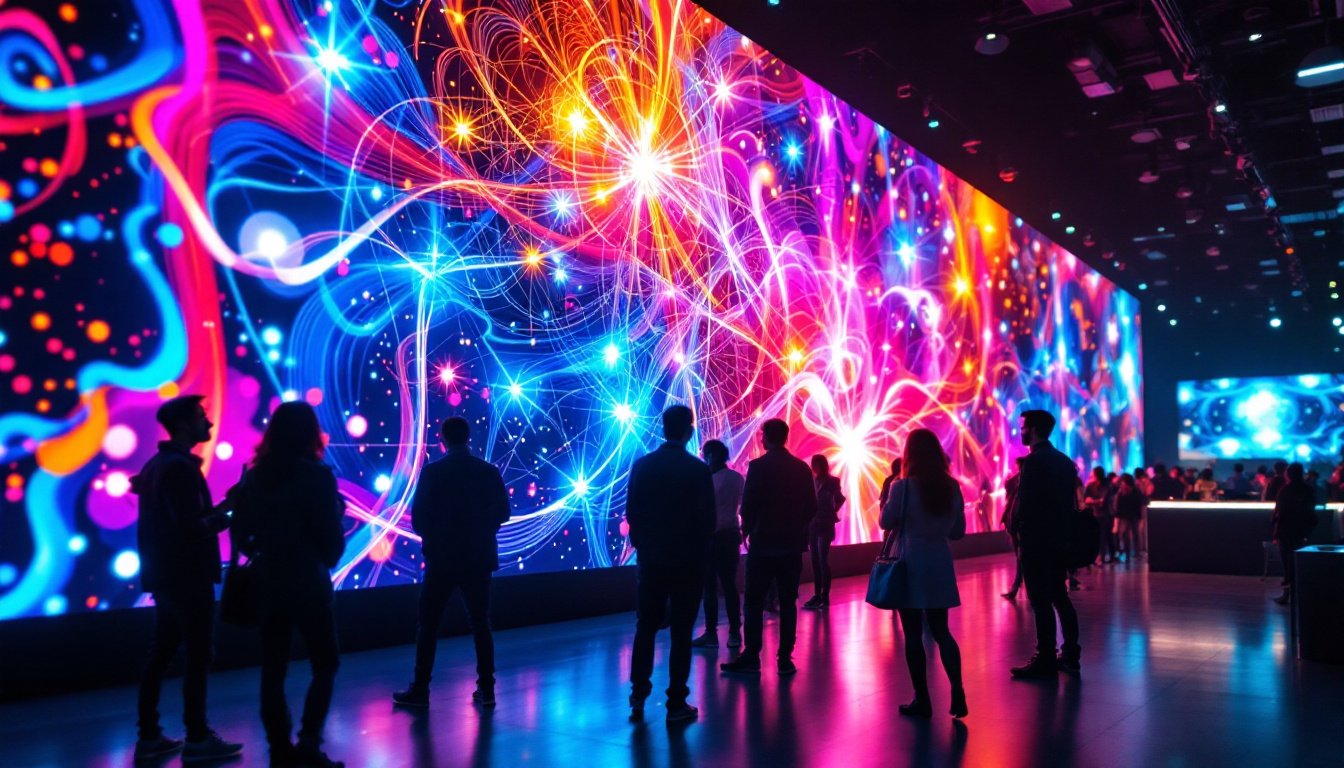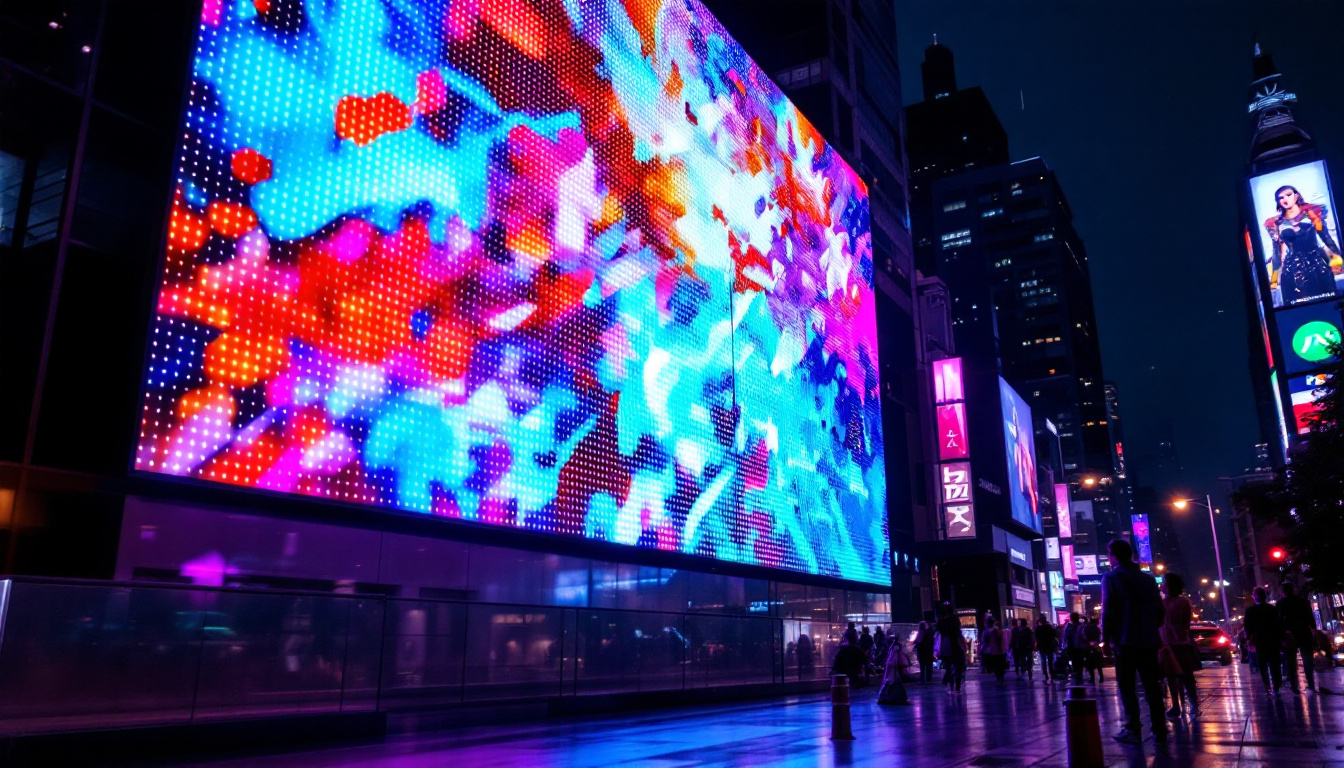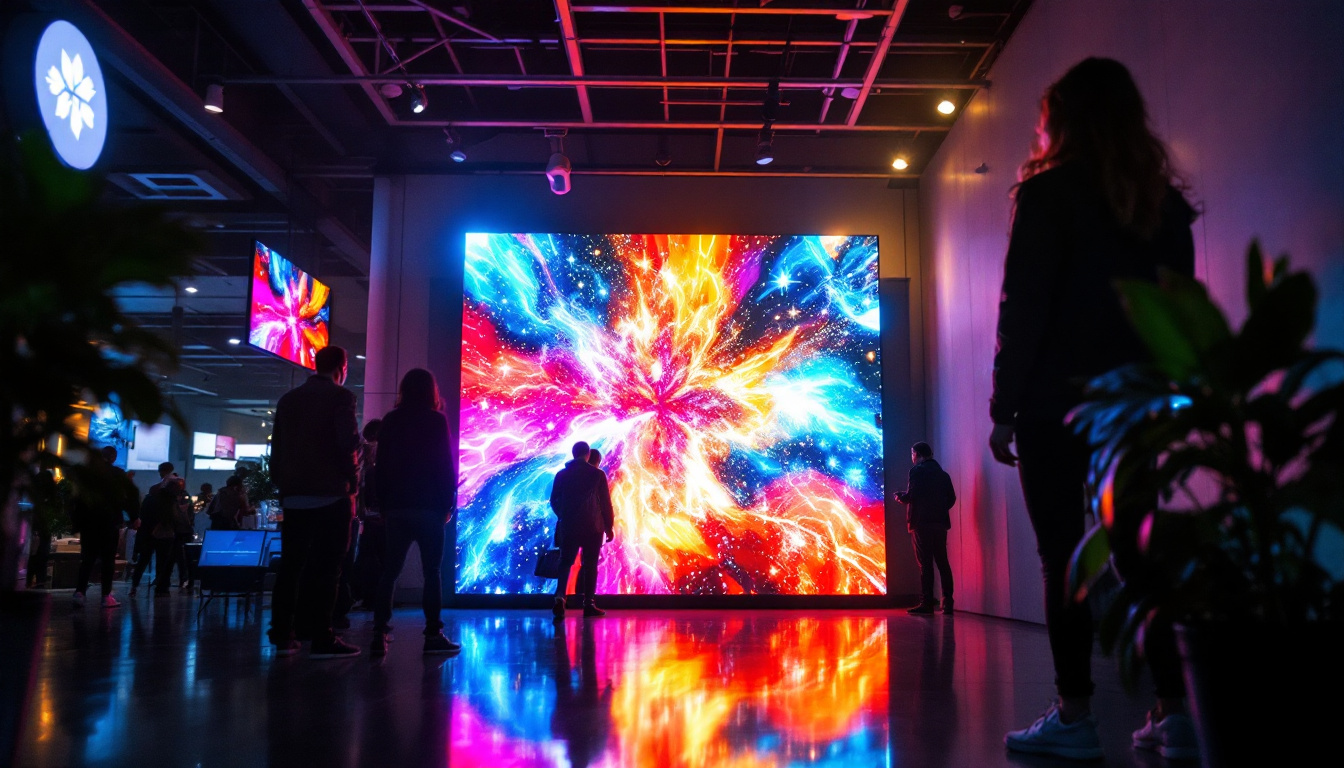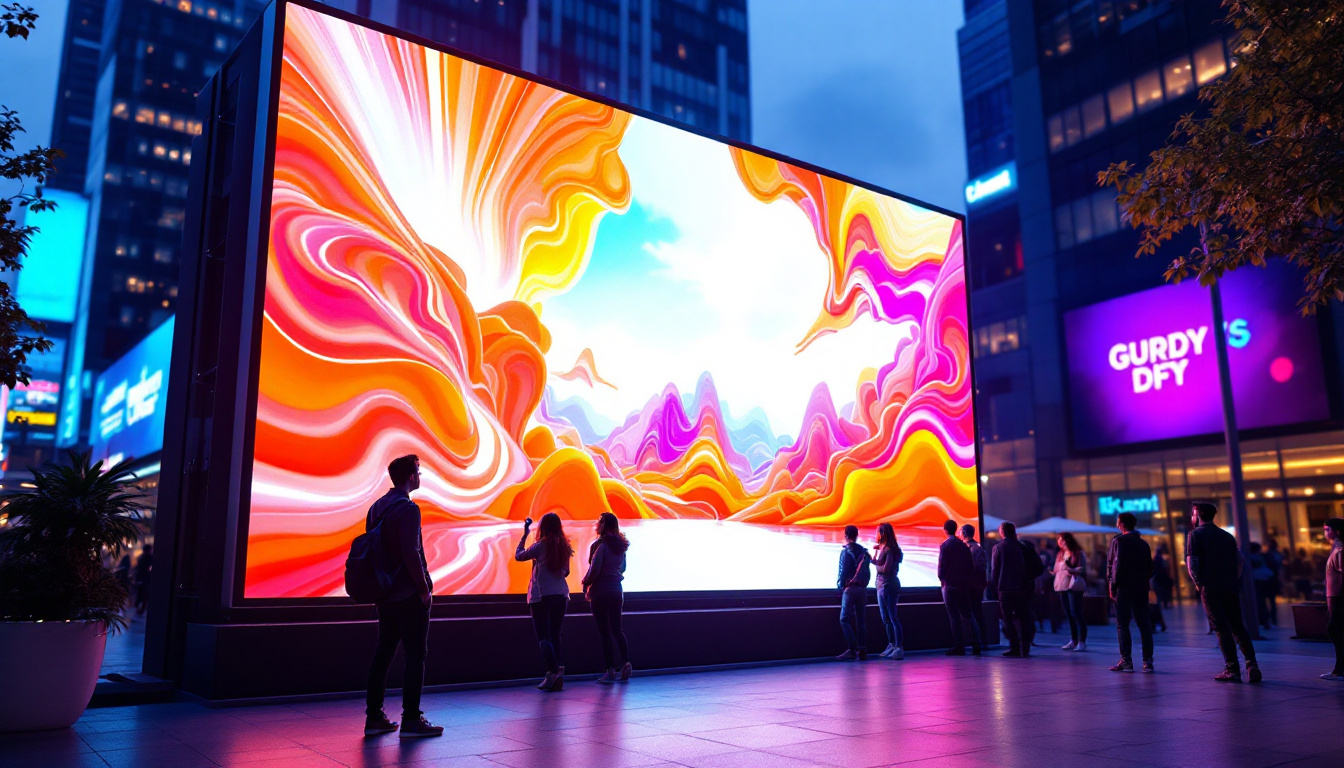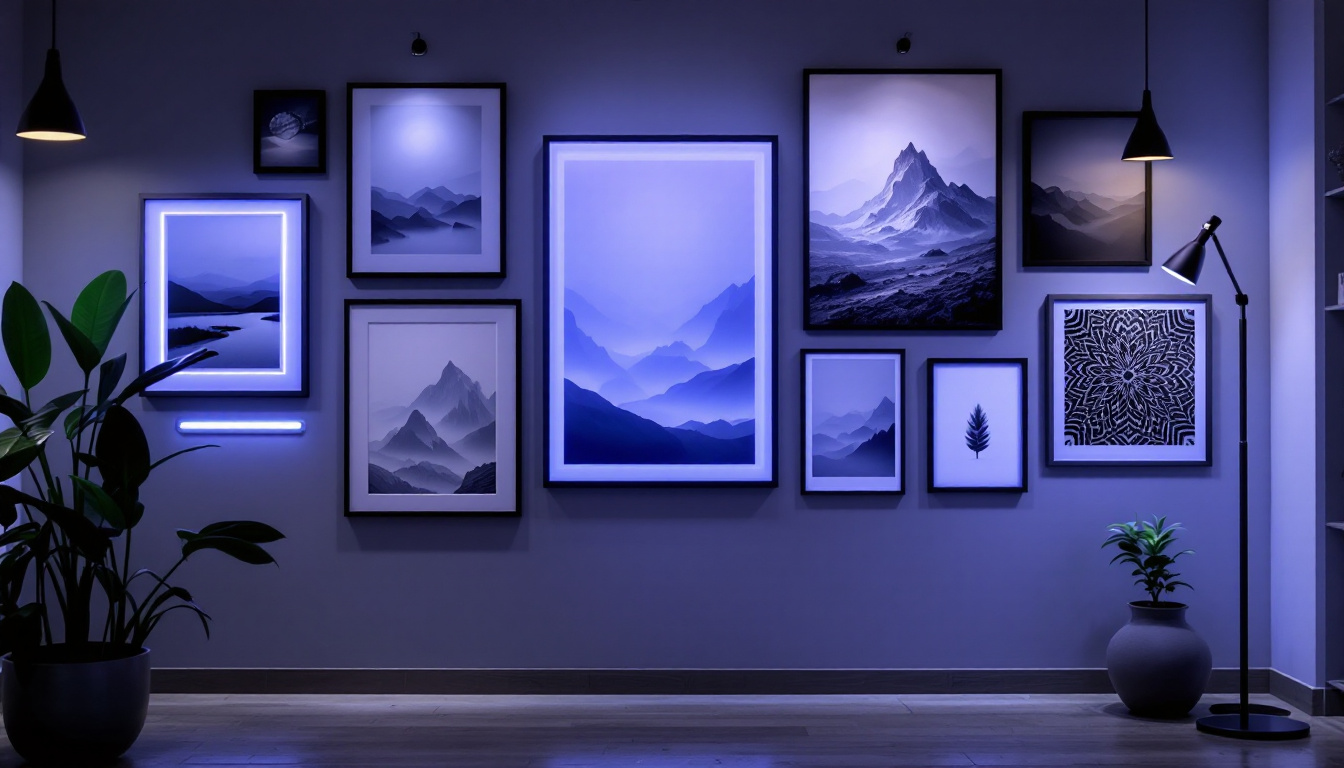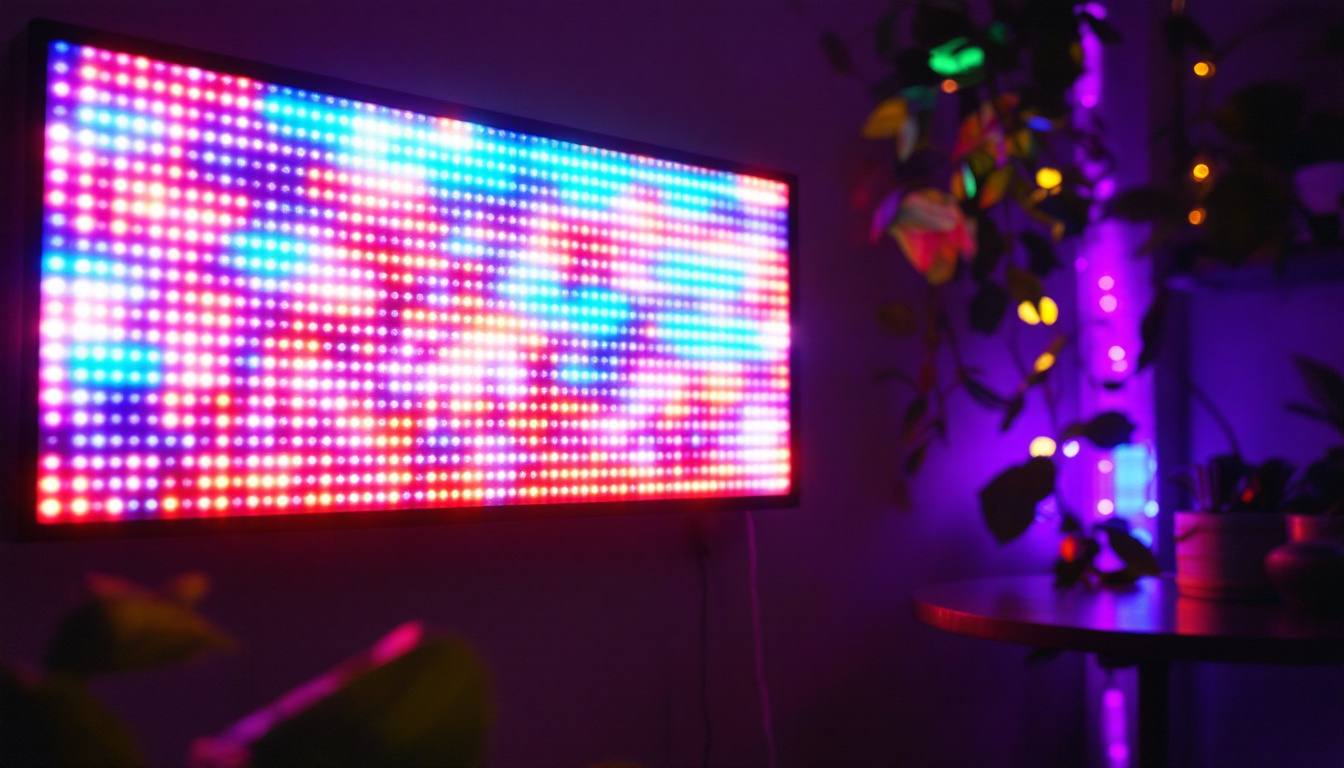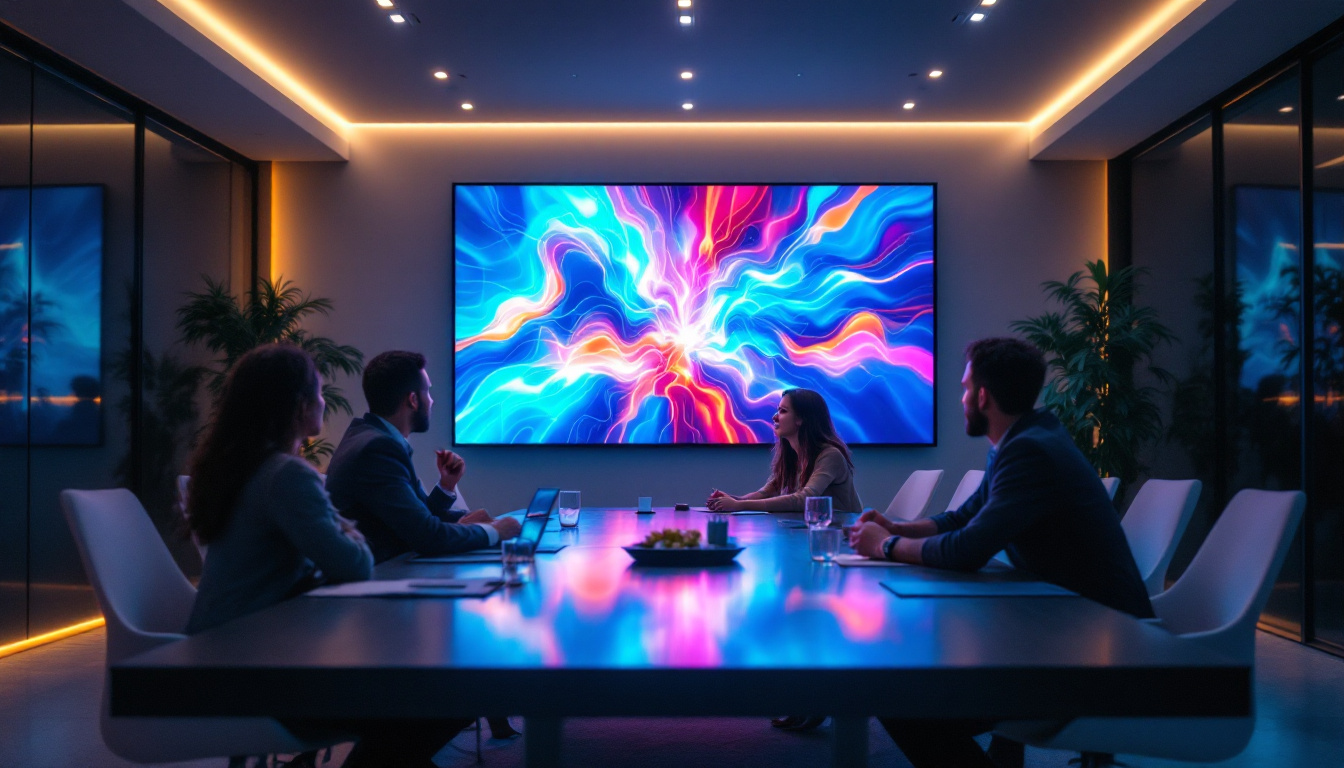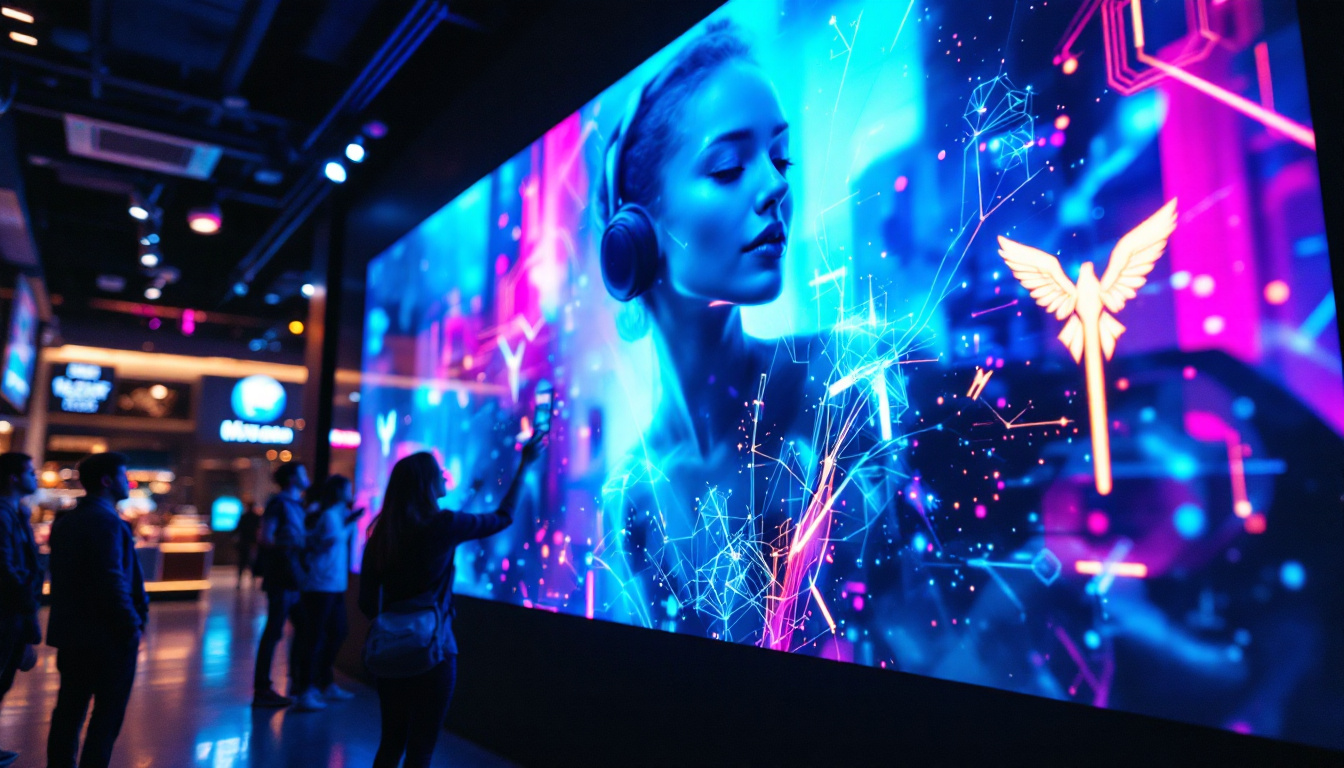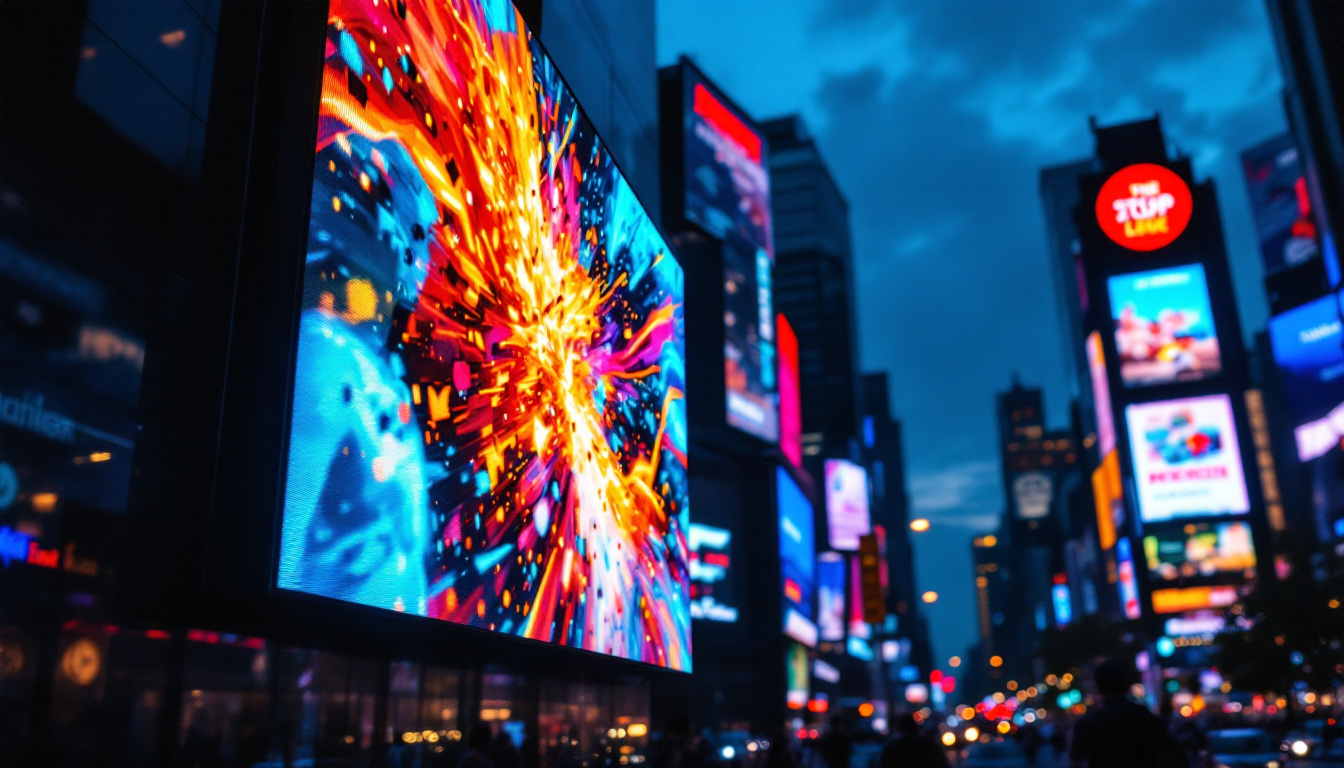The evolution of display technology has reached remarkable heights, with 8K LED displays leading the charge in delivering unparalleled visual experiences. As technology advances, understanding the intricacies of these displays becomes essential for consumers, professionals, and enthusiasts alike. This article delves into the world of 8K LED displays, exploring their features, benefits, and the technology that powers them.
Understanding 8K Resolution
8K resolution, defined as 7680 x 4320 pixels, offers four times the pixel density of 4K and sixteen times that of Full HD. This staggering number of pixels results in images that are incredibly sharp and detailed, making it ideal for large screens and immersive viewing experiences. The advancements in display technology have made 8K not just a distant dream, but a tangible reality that is beginning to reshape how we consume visual media, from movies and television shows to video games and virtual reality experiences.
The Importance of Pixel Density
Pixel density plays a crucial role in the quality of the image displayed. Higher pixel density means that individual pixels are less discernible to the human eye, leading to smoother gradients and finer details. This is particularly important for large displays, where lower resolutions can lead to a pixelated appearance when viewed up close. Additionally, the increased pixel density of 8K allows for more accurate color representation and improved contrast, which enhances the overall visual experience. As a result, viewers can enjoy a more immersive experience, whether they are watching a nature documentary or playing a highly detailed video game.
Content Availability
While 8K displays are capable of rendering stunning visuals, the availability of native 8K content remains limited. Streaming platforms, gaming consoles, and broadcasters are gradually adopting 8K, but until that content becomes mainstream, upscaling technology is essential. Upscaling algorithms enhance lower resolution content to take advantage of the display’s capabilities, providing an improved viewing experience even with non-8K sources. Furthermore, as the demand for high-resolution content grows, content creators are beginning to invest in 8K production, leading to an increase in films, documentaries, and video games being developed with this resolution in mind. This shift not only elevates the quality of visuals but also encourages advancements in camera technology and post-production techniques, paving the way for a new era of visual storytelling.
The Technology Behind LED Displays
LED (Light Emitting Diode) technology has revolutionized the way displays are manufactured and function. Unlike traditional LCD screens that rely on backlighting, LED displays utilize individual light-emitting diodes to create images. This technology offers several advantages, including improved brightness, contrast, and energy efficiency. The compact size of LEDs also allows for thinner and lighter displays, which can be seamlessly integrated into various environments, from sleek modern homes to bustling retail spaces.
Types of LED Displays
There are various types of LED displays, each with unique characteristics. The two primary categories are OLED (Organic LED) and QLED (Quantum Dot LED). OLED displays are known for their deep blacks and vibrant colors, as each pixel emits its own light. This pixel-level illumination not only enhances color accuracy but also allows for ultra-thin designs, making OLEDs a favorite among high-end televisions and smartphones. QLED, on the other hand, utilizes quantum dots to enhance brightness and color accuracy, making it a popular choice for bright environments. The technology behind QLED also allows for higher peak brightness levels, which can be particularly beneficial for viewing in well-lit rooms or during daylight hours.
Benefits of LED Technology
LED technology provides numerous benefits over traditional display technologies. First and foremost is energy efficiency; LED displays consume less power, which is not only cost-effective but also environmentally friendly. This reduction in energy consumption contributes to lower carbon footprints, making LED displays a more sustainable choice for consumers and businesses alike. Additionally, the lightweight nature of LED panels allows for easier installation and versatility in design, making them suitable for a wide range of applications, from home theaters to commercial displays. Furthermore, LED technology boasts an impressive lifespan, often exceeding 50,000 hours, which means fewer replacements and less electronic waste over time. This longevity, combined with low maintenance requirements, makes LED displays an economically sound investment for both personal and professional use.
Key Features of 8K LED Displays
8K LED displays come equipped with a host of features designed to enhance the viewing experience. These features not only improve picture quality but also cater to the diverse needs of users.
High Dynamic Range (HDR)
High Dynamic Range technology allows for a broader range of colors and contrast levels, making images appear more lifelike. HDR content takes advantage of the increased brightness and color depth that 8K displays offer, resulting in a more immersive viewing experience. With HDR, viewers can enjoy scenes with bright highlights and deep shadows, enhancing the overall visual impact. Furthermore, HDR is not just limited to movies and television shows; it has found its way into video games as well, providing gamers with a more dynamic and engaging environment. The ability to see fine details in both the darkest and brightest parts of an image can give players a competitive edge, making HDR a sought-after feature in the gaming community.
Wide Color Gamut (WCG)
Wide Color Gamut technology expands the range of colors that a display can reproduce. This feature is particularly beneficial for filmmakers and photographers who require accurate color representation. With 8K LED displays, users can experience a more vibrant and diverse palette, making images and videos appear more realistic and engaging. Additionally, the enhanced color accuracy provided by WCG allows for more faithful reproductions of the creator’s vision, which is crucial in professional settings such as graphic design and video editing. This capability not only elevates the aesthetic quality of the content but also ensures that the subtleties of color grading and correction are preserved, making it an essential tool for creatives.
Refresh Rate and Response Time
The refresh rate and response time of a display are critical factors for smooth motion rendering, especially in fast-paced content such as sports and action movies. Many 8K LED displays offer high refresh rates, often up to 120Hz, which reduces motion blur and enhances the viewing experience. Additionally, a low response time minimizes ghosting effects, ensuring that images remain sharp and clear during rapid movements. This is particularly important for competitive gamers who rely on quick reflexes and precise visuals to succeed. With the combination of high refresh rates and low response times, 8K LED displays provide an unparalleled experience that keeps viewers engaged, whether they are watching a thrilling chase scene or playing their favorite video game. Moreover, advancements in motion interpolation technology further enhance the fluidity of motion, allowing for a more seamless viewing experience that captivates audiences from start to finish.
Applications of 8K LED Displays
The versatility of 8K LED displays allows them to be used in various applications across different industries. From entertainment to professional settings, these displays are making significant impacts.
Home Entertainment
In the realm of home entertainment, 8K LED displays are becoming increasingly popular among audiophiles and cinephiles. With the ability to deliver stunning visuals, these displays elevate the home viewing experience to new heights. Whether watching movies, playing video games, or streaming content, the clarity and detail provided by 8K technology can transform any living room into a cinematic experience.
Commercial Use
Businesses are also leveraging 8K LED displays for marketing and advertising purposes. digital signage, presentations, and interactive displays benefit from the high resolution and vibrant colors that 8K technology offers. Retailers can showcase products in stunning detail, attracting customers and enhancing their shopping experience.
Medical Imaging
In the medical field, 8K displays are proving invaluable for diagnostic imaging and surgical procedures. The enhanced resolution allows for more precise visualization of intricate details, aiding healthcare professionals in making accurate diagnoses and decisions. This technology is particularly beneficial in fields such as radiology and surgery, where clarity and detail are paramount.
Future of 8K LED Displays
The future of 8K LED displays looks promising, with ongoing advancements in technology and increasing content availability. As more industries adopt this technology, it is expected that 8K displays will become more mainstream.
Content Creation and Distribution
As the demand for 8K content grows, content creators and distributors are beginning to invest in producing high-resolution media. Streaming platforms are also adapting to this trend, with several already offering 8K content. This shift will likely accelerate the adoption of 8K displays among consumers, as the availability of engaging content becomes more prevalent.
Technological Innovations
Innovations in display technology, such as improved upscaling algorithms and enhanced HDR capabilities, will further enhance the viewing experience. Additionally, advancements in manufacturing processes may lead to more affordable 8K displays, making them accessible to a broader audience.
Conclusion
8K LED displays represent the pinnacle of display technology, offering unparalleled resolution and vibrant colors that elevate the viewing experience. As content availability increases and technology continues to advance, these displays are poised to become a staple in homes, businesses, and various industries. Understanding the features and applications of 8K LED displays is essential for anyone looking to invest in cutting-edge technology that promises to redefine visual experiences.
In summary, the combination of high resolution, advanced LED technology, and diverse applications makes 8K LED displays a compelling choice for consumers and professionals alike. As the world moves towards a more visually driven future, embracing this technology will undoubtedly lead to richer and more immersive experiences.
Discover the Future of Visual Experience with LumenMatrix
Ready to step into the future of visual technology and transform your space with the highest quality displays? LumenMatrix, a pioneer in LED display innovation, invites you to explore our comprehensive range of LED display solutions. From the immersive Indoor LED Wall Display to the dynamic Outdoor LED Wall Display, and from the versatile Vehicle LED Display to the sleek LED Poster Display, our products are designed to captivate and engage. Experience the revolution in visual communication with our LED Sports Display, Floor LED Display, Custom LED Display, All-in-One LED Display, and LED Transparent Display. Elevate your brand’s visibility and create unforgettable visual experiences. Check out LumenMatrix LED Display Solutions today and see how we can help you share your message with unparalleled impact and clarity.

